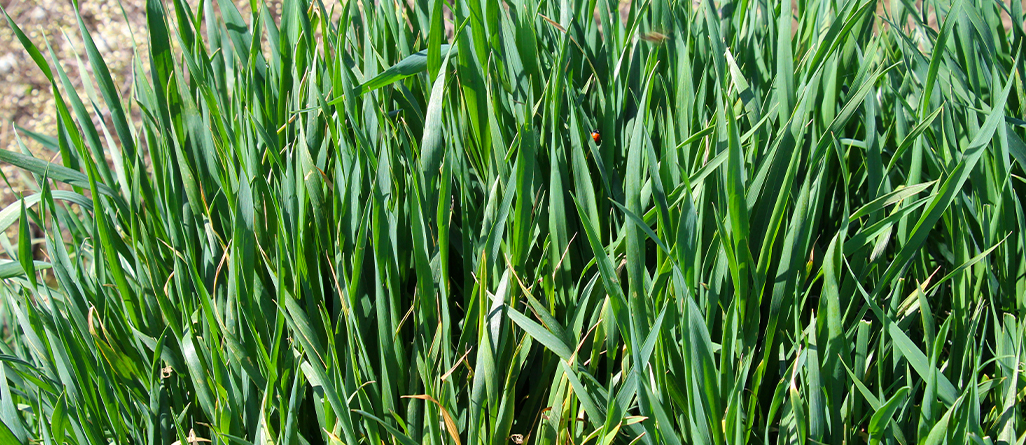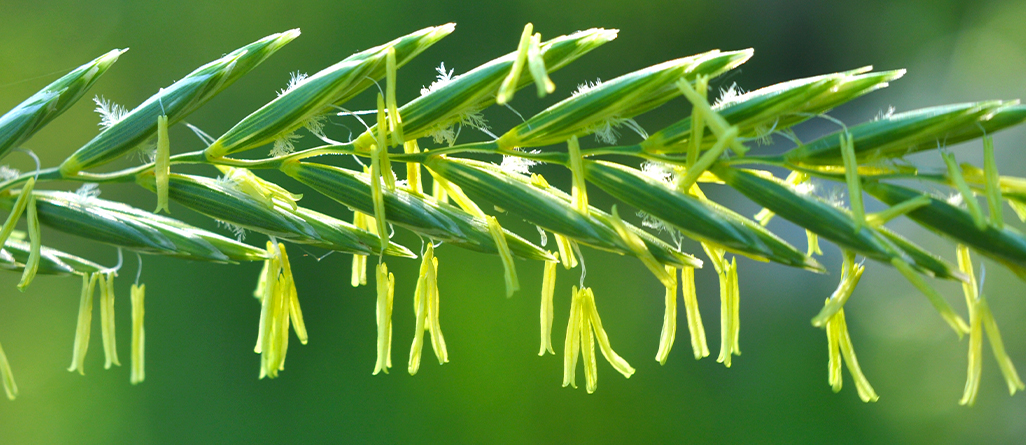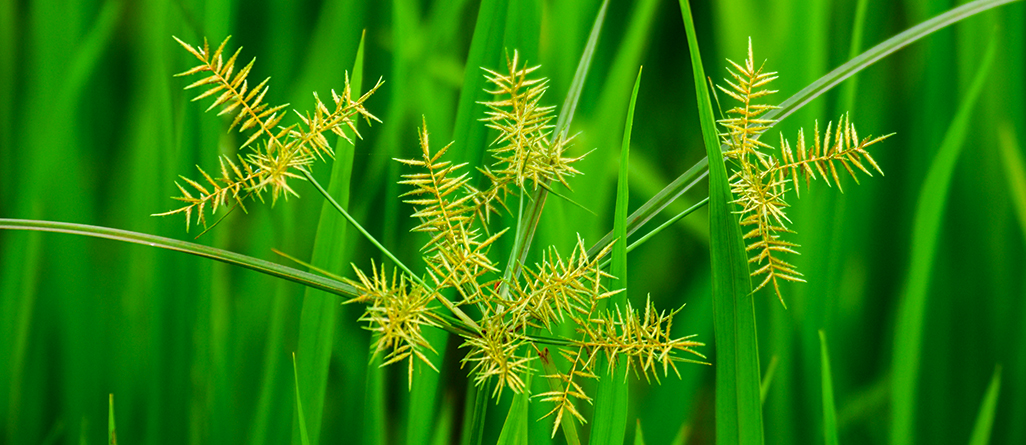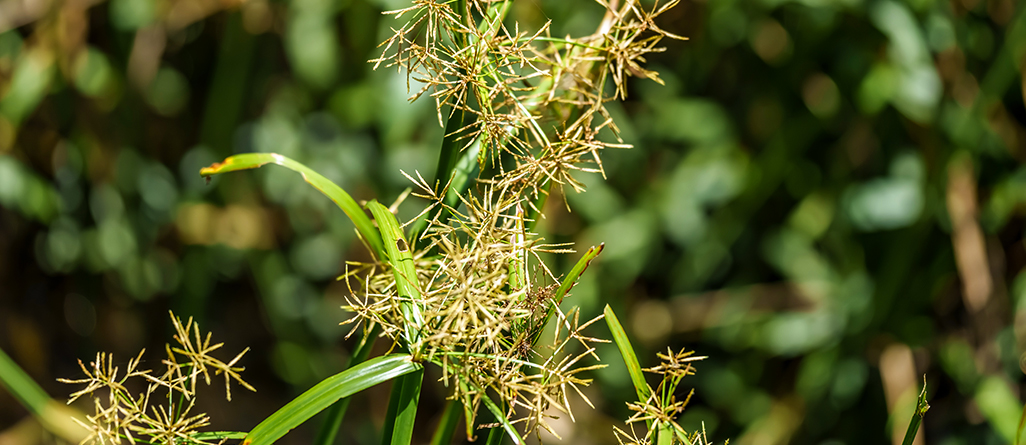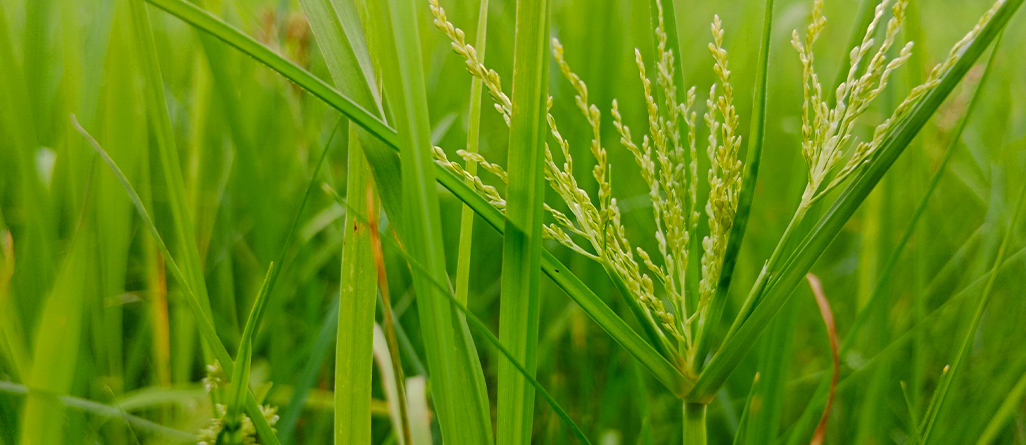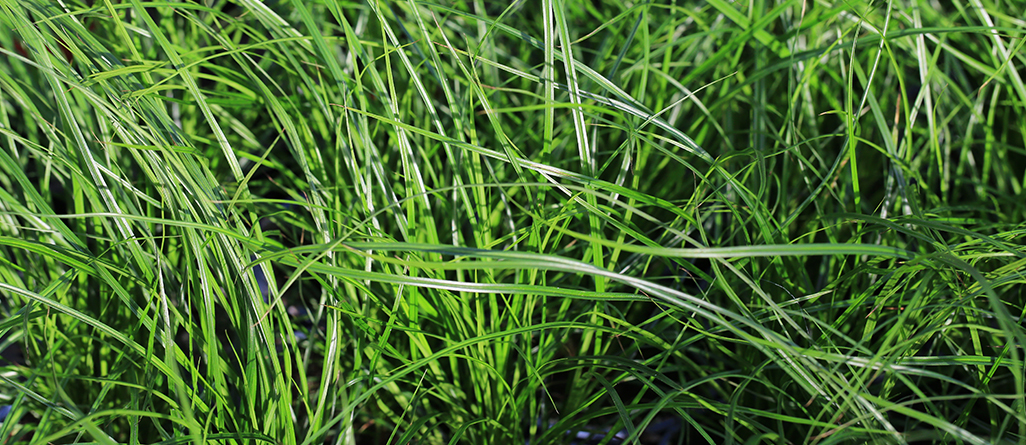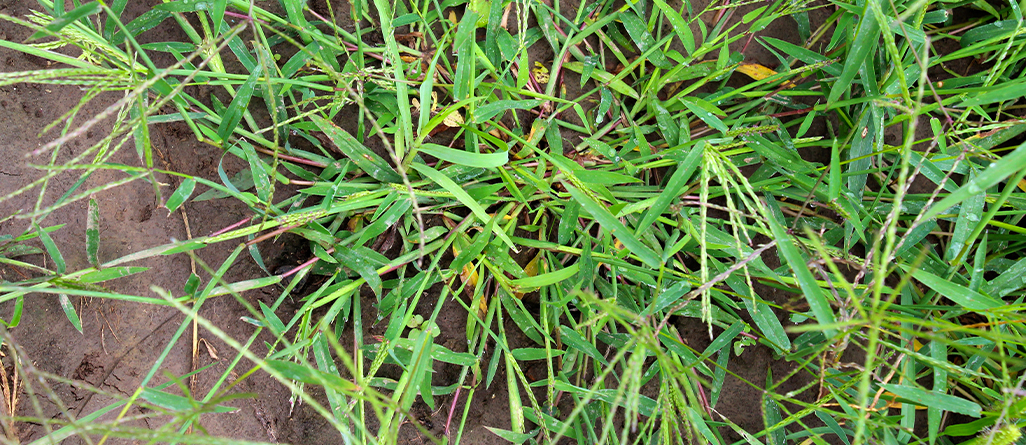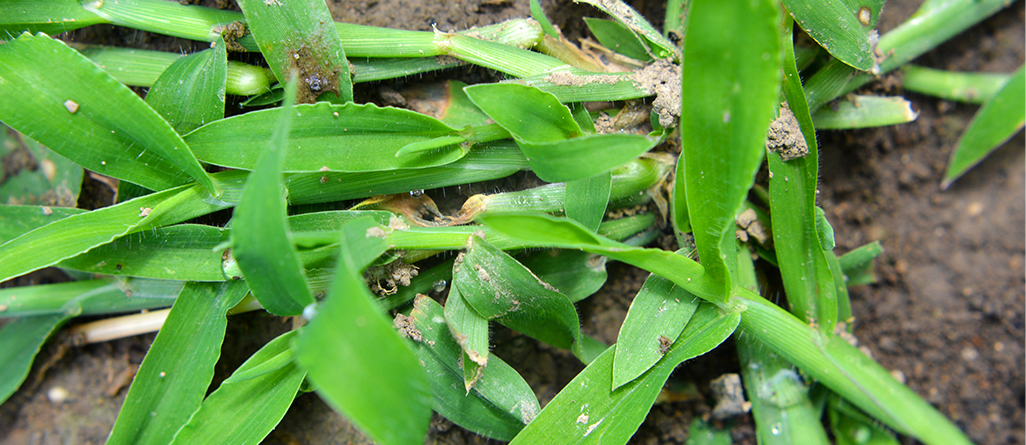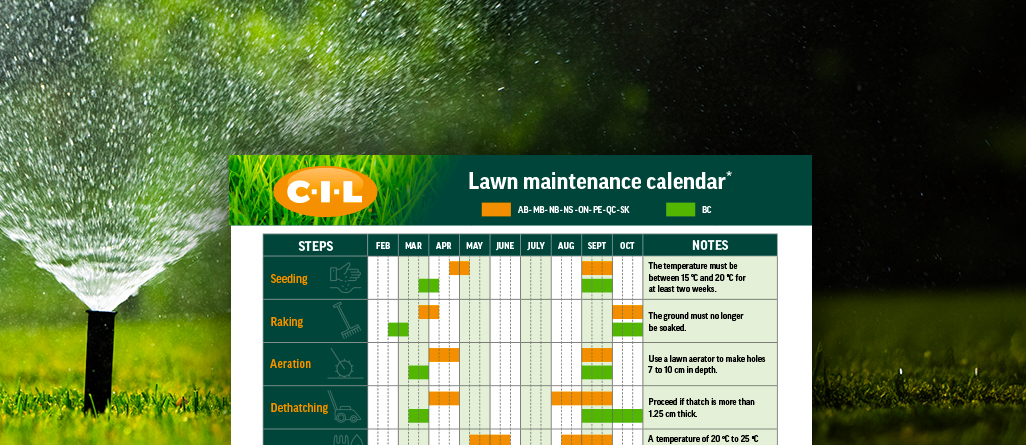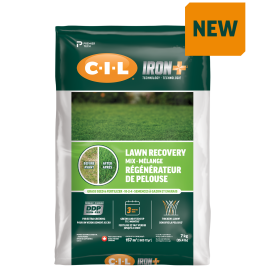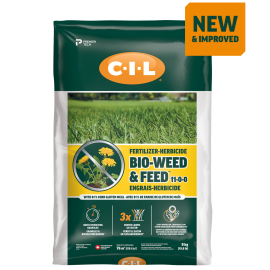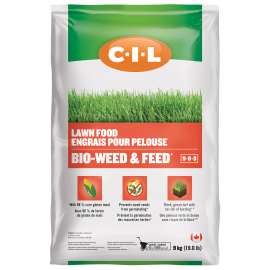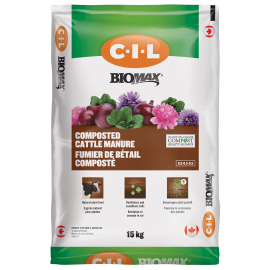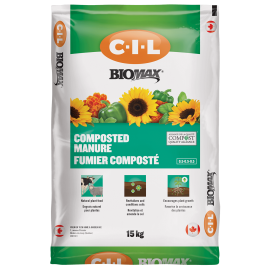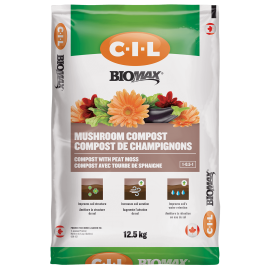How to get rid of grass weeds in a lawn
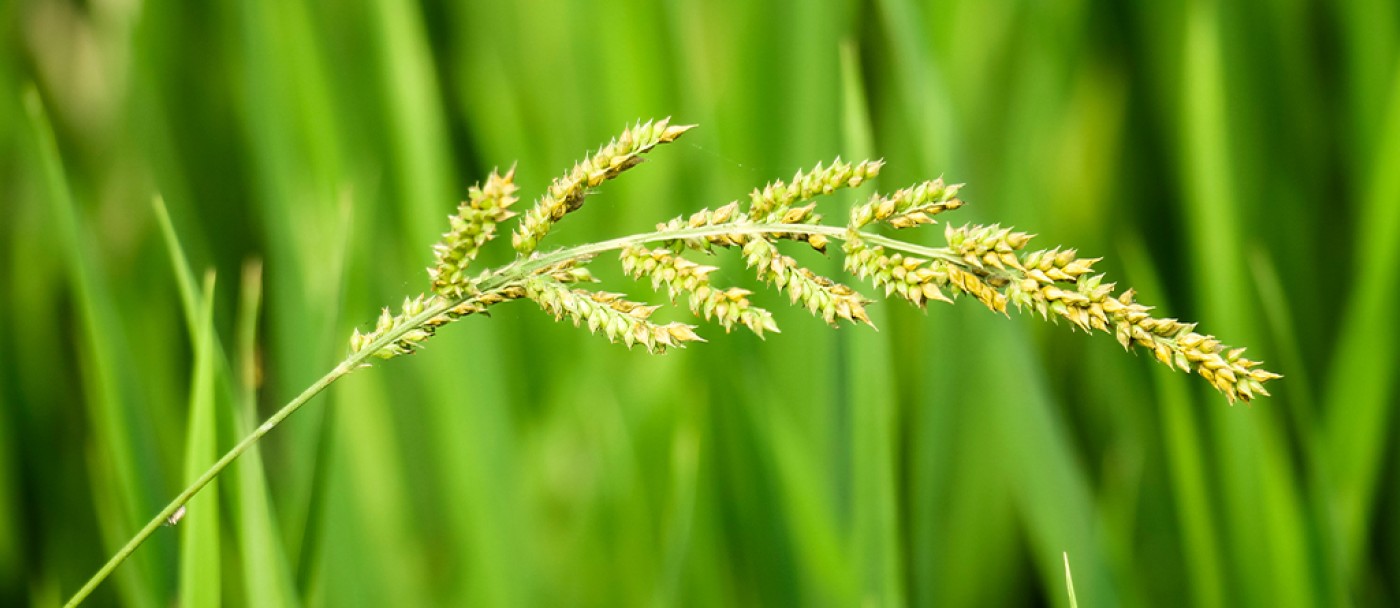
Seed blends are known for creating beautiful, resilient lawns. Products specially developed for Canada contain turf grasses that can tolerate both the cold and heat waves, and successfully withstand drought, insects and diseases.
If you look closely at your lawn, you'll notice that not all blades look exactly the same. Can you spot the intruders hiding among them?
Which weeds hide in your lawn?
Here are four weeds that look just like the grasses in your lawn or that blend in perfectly with them. We'll show you how to eradicate them before they take over your entire lawn and become difficult to control.
Quackgrass (Elymus repens)
Quackgrass resembles both annual ryegrass and crabgrass. However, it is recognizable by its long, slender, pointed blades that are rough, slightly sharp and blue-green in colour. At 6 mm wide, they are slightly wider than those of most grasses and are attached to a hollow stem. They give a neglected appearance to well-maintained lawns.
When allowed to grow, it forms a thick mat, with each plant reaching a diameter of 30 cm to 1 metre and a height of one metre.
The plant can flower from June to October, producing gray-green spikes. Since the plant reseeds itself, it's best to weed before they appear. Quackgrass propagates both by seed and rhizomes, which is partly what makes it so difficult to eradicate.
The greatest threat quackgrass poses lies in the soil. Its long, creamy-white or slightly pinkish roots can reach 1 metre in length and penetrate to a depth of 15 cm. These long, ramified rhizomes with pointed tips allow the plant to quickly invade an area.
Quackgrass has no preferred soil type. It colonizes flower beds, vegetable gardens, terraces, paths and lawns alike.
How to stop quackgrass?
The first tip for eliminating quackgrass is to prevent it from going to seed. Mowing your lawn regularly helps control it.
A thick, healthy lawn will more easily control infestations. This fast-growing weed should be pulled up as soon as it appears, and the lawn should be quickly repaired with a quality grass seed blend that will allow lawn grasses to quickly fill in bare areas.
When removing quackgrass, proceed gently while the soil is moist. This allows you to remove both the above-ground and underground parts of the plant. Any rhizome left in the soil will allow it to continue its invasion.
Eliminating quackgrass in flower gardens
In flower and vegetable gardens, a spading fork allows you to efficiently remove the clump with its rhizomes.
A non-selective herbicide like WIPE OUT Total Weed & Grass Killer can be used to control a small infestation in the garden, but it is not recommended for lawns as it will also kill grass. Also, be careful not to apply it to your ornamental plants as this type of herbicide is designed to kill many plant varieties.
Note that a thermal weeder won’t work either. After you’ve burned it, quackgrass will return.
PRO TIP
Don't compost quackgrass, as it may take root again. Let it roast in the sun instead!
Yellow nutsedge (Cyperus esculentus)
Yellow nutsedge is not a grass, but rather a member of the sedge family. It is difficult to control and can easily be confused with the turf grasses that make up seed blends. Yellow nutsedge has easily invaded Canadian lawns because it is almost always present in the fill soil used to level land in real estate projects.
It grows faster than turf grasses in warm weather, and its wider, paler blade makes it easy to identify. Of course, these characteristics also affect the uniformity of a lawn, which immediately places it in the weed category.
Yellow nutsedge produces light brown, reddish or purplish flowers. Its seeds are brown or black. This weed particularly likes waterlogged soils and takes advantage of a lack of diligence in mowing to propagate.
5 tips to control yellow nutsedge in lawns
Once established, yellow nutsedge is difficult to control because it spreads through small tubers that form on its roots and can extend more than 30 cm into the soil. Pulling it up rarely completely eliminates the plant unless you do it less than 4 to 6 weeks after its appearance.
Note that isolated plants often end up grouping together in patches whose diameter can reach almost 3 metres.
The best way to limit its propagation is to adopt good lawn care practices.
- Strengthen and thicken your lawn through regular fertilization.
- Overseed bare areas with a quality grass seed blend adapted to the weather and sunlight conditions.
- Improve drainage and fill depressions with enriched lawn soil to prevent water from accumulating.
- Mow the lawn to a height of 3 inches.
- Do not water too frequently; this weed thrives in humid environments.
- During the summer, pull up the plants manually every 2 to 3 weeks to deplete their energy reserves.
- Prune nearby shrubs to let more light through.
In the vegetable garden, yellow nutsedge can quickly outcompete vegetable plants, reducing their yield. It can also compete with your ornamental plants. Use mulch to limit its spread.
Sedge (or carex)
Sedge and yellow nutsedge are two types of plants that are often confused, but they belong to different families. While yellow nutsedge is a sedge, it belongs to a larger family that includes various species.
Another thing these two weeds have in common is that they are difficult to get rid of.
Sedge grows everywhere, on lawns and in gardens. Very similar to grass, it has a triangular stem and narrower leaves. The name "carex" comes from the Greek word "keiro," meaning "to cut," and refers to the sharp edges of these plants' leaves. Compared to yellow nutsedge, its shoots and tubers are larger and its colour darker.
Constantly soggy soil can also promote the establishment of sedge. Try to solve the problem by encouraging better drainage and tilling the soil to prevent compaction.
How to get rid of sedge?
Unless you want to use a glyphosate-based herbicide (with repeated applications every 2 or 3 weeks until the plant disappears), sedge can be controlled by removing the entire plant, including its roots. Mowing it down temporarily kills it, but it will eventually grow back.
To learn more about the risks associated with glyphosate exposure, read: What is glyphosate and how can it be avoided? | Wilson Control
GOOD TO KNOW
Sedge, especially Pennsylvania sedge, is used to replace grass in areas that are consistently humid. It is a difficult plant to cut and maintain. It prefers shade but also grows in the sun, and is hardy in zones 4 to 8 (possibly in zone 3).
Crabgrass (Digitaria)
The two main types of crabgrass that cause problems in our gardens are large crabgrass, which has hairier leaves and sometimes reddish stems, and smooth crabgrass. Both are particularly fond of sandy soils, where they make their merciless return as soon as the hot weather sets in.
While they are primarily found in lawns, where they are difficult to control, they are also found in flower beds, vegetable gardens, patios, paths, along foundations, etc.
Crabgrass leaves are wider and a yellower green than those of turf grasses. It is most distinctive for its spreading habit. While lawn grasses have an upright habit, crabgrass spreads laterally.
The long, finger-like inflorescences that crabgrasses bear at the tips of their stems gave them their name, digitus, a Latin word meaning "finger”.
How to get rid of crabgrass?
Since crabgrass is an annual plant that only survives by self-seeding, it struggles to establish itself in thick lawns. However, it has no trouble establishing itself in thin lawns and bare areas that receive sunlight.
Applying a pre-emergent herbicide like BIO-WEED & FEED in the spring and/or fall is the best way to destroy the millions of seeds crabgrass has dispersed in the soil before they germinate.
During the season, pull up young plants manually, taking care to remove the roots. WIPE OUT Total Weed & Grass Killer can also be used to eliminate crabgrass virtually anywhere, except in the lawn.
A regular maintenance program and good practices help prevent crabgrass from returning. As mentioned, thickening your lawn remains the best way to control this tough weed.
5 tips for a strong, weed-free lawn
- Use an organic fertilizer that promotes vigorous growth and that will help crowd out crabgrass.
- Fix bare areas as soon as possible.
- Don't mow too short. A lawn that's 8 cm high helps keep the soil cool and shaded, which makes it harder for crabgrass to establish.
- Topdress annually to correct poor soils by adding 2 cm of compost or enriched garden soil.
- Water deeply, but less frequently, to promote deep rooting and thick growth in lawn grasses. This will affect crabgrass, which has short roots!
Check out our lawn maintenance calendar to learn what to do and when to do it.

